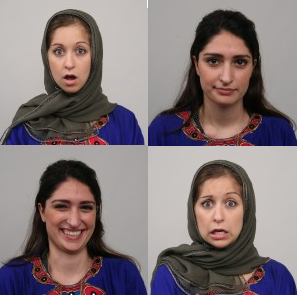Do humans have more than two dozen universal emotions?
A recent article on LiveScience highlighted research that concluded “a vast part of the human emotional repertoire is universal, and that emotional expressions go far deeper than the six basic ones previously described by researchers.”
Humintell Director, Psychologist Dr. Matsumoto says there is “no question in his mind” that there are a large number of emotions that are universal. He states that a small number (7) of them are universally expressed on the face, some others by face and body, or just body. Maybe some of these universal emotions are expressed by face and voice, or just voice.
However, Dr. Matsumoto suggests one major problem when conducting studies like these: researchers need to elicit emotions spontaneously and study the bodily reactions, not ask people or actors to pose what they think they look like.
Dr. Matsumoto has reviewed several papers related to this topic and says while the aims of the studies are admirable, several of these studies suffer from major methodological flaws that probably artificially produced the findings. Some of these flaws are outlined below and are important to keep in mind.
1) There are no validity data provided to suggest that the one sentence stories the authors concocted reliably elicit the target emotions in each of the cultures studied. Any serious publication will require more than just affirmation that cultural informants agreed on what emotion was elicited. Data are necessary to establish the reliability of the stories if there are to be definitive conclusions to be drawn.
2) Enactments of emotion may or may not be the same as the vocal cues that are produced when people actually feel and express the target emotions. Such enactments may be mimes that can achieve high levels of judgment agreement, but are not ecologically valid.
3) The types of expressions that were “randomly selected” as distractors along with the target expression does not provide an adequately stringent test of the hypotheses. If, for example, none of the expressions are “close enough” to the intended emotion in the story (whatever that is), then the intended expression may be chosen by a process of elimination.
